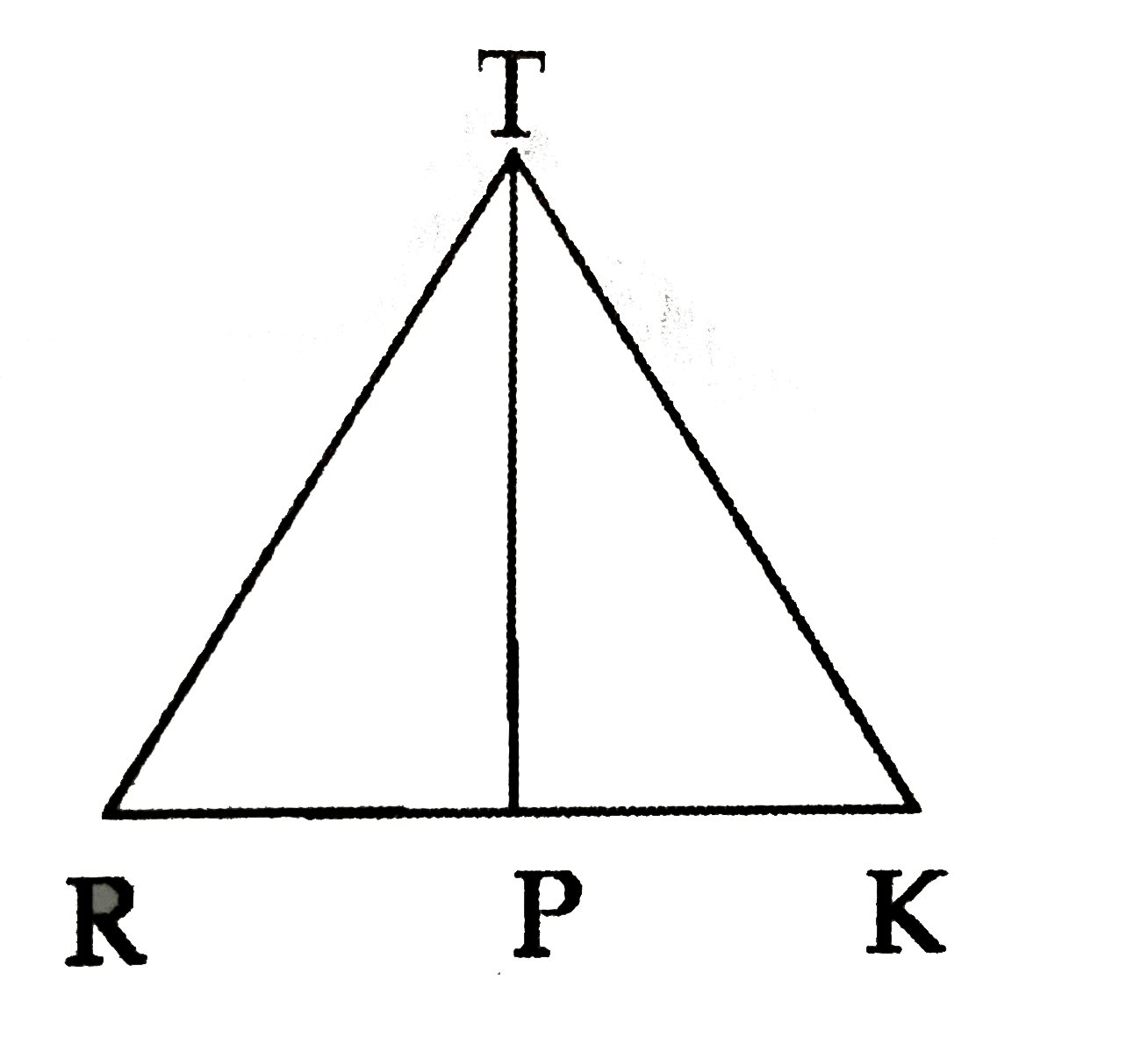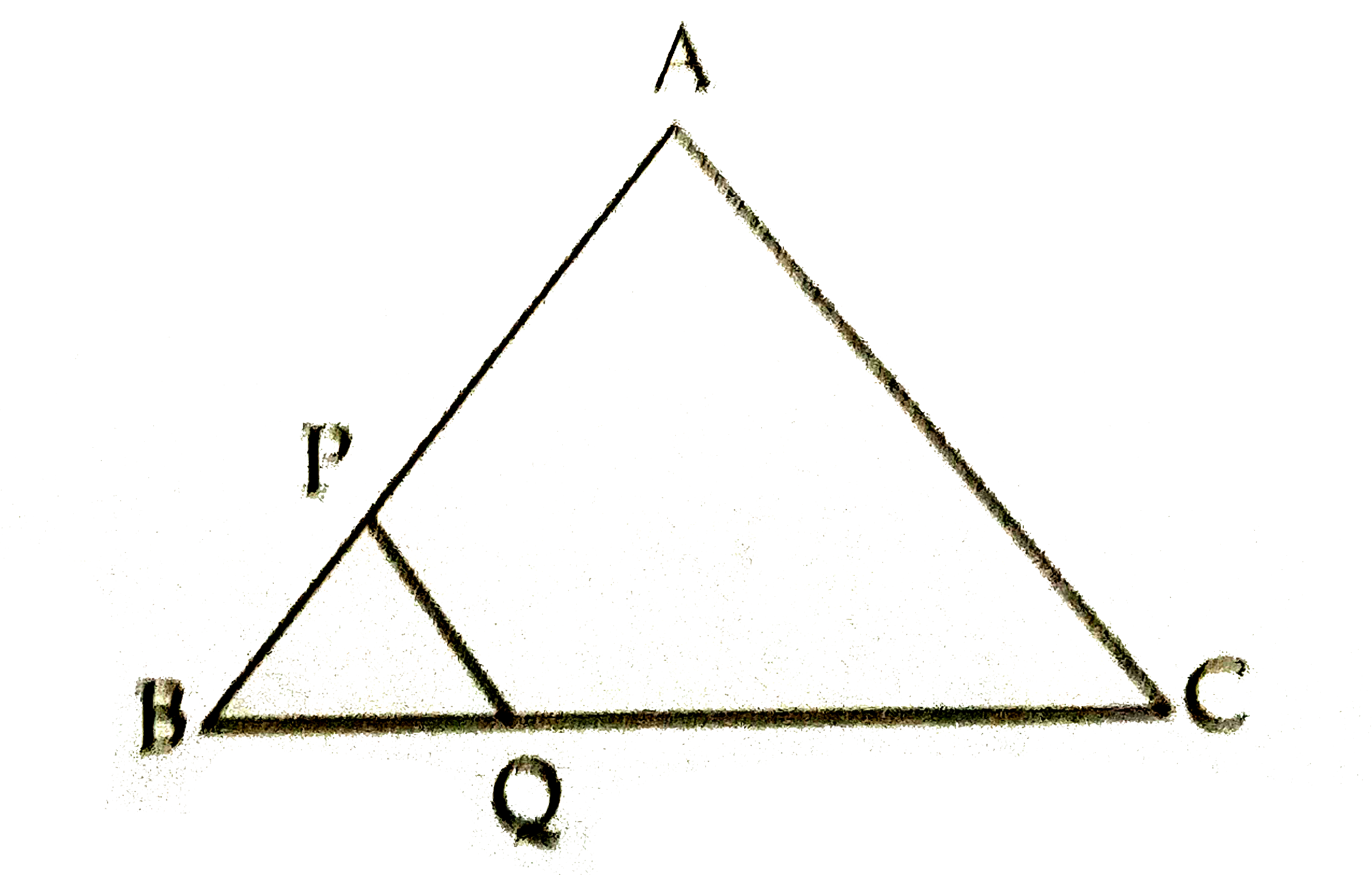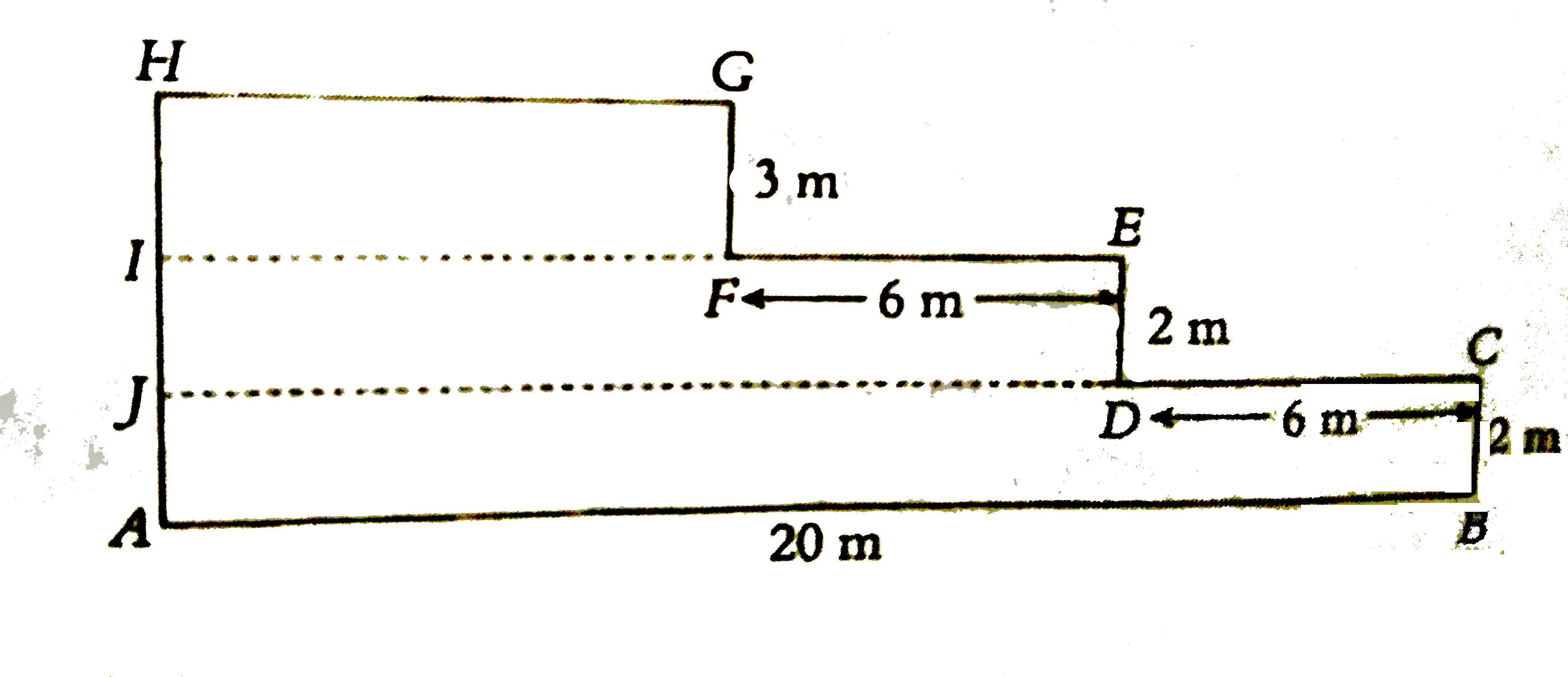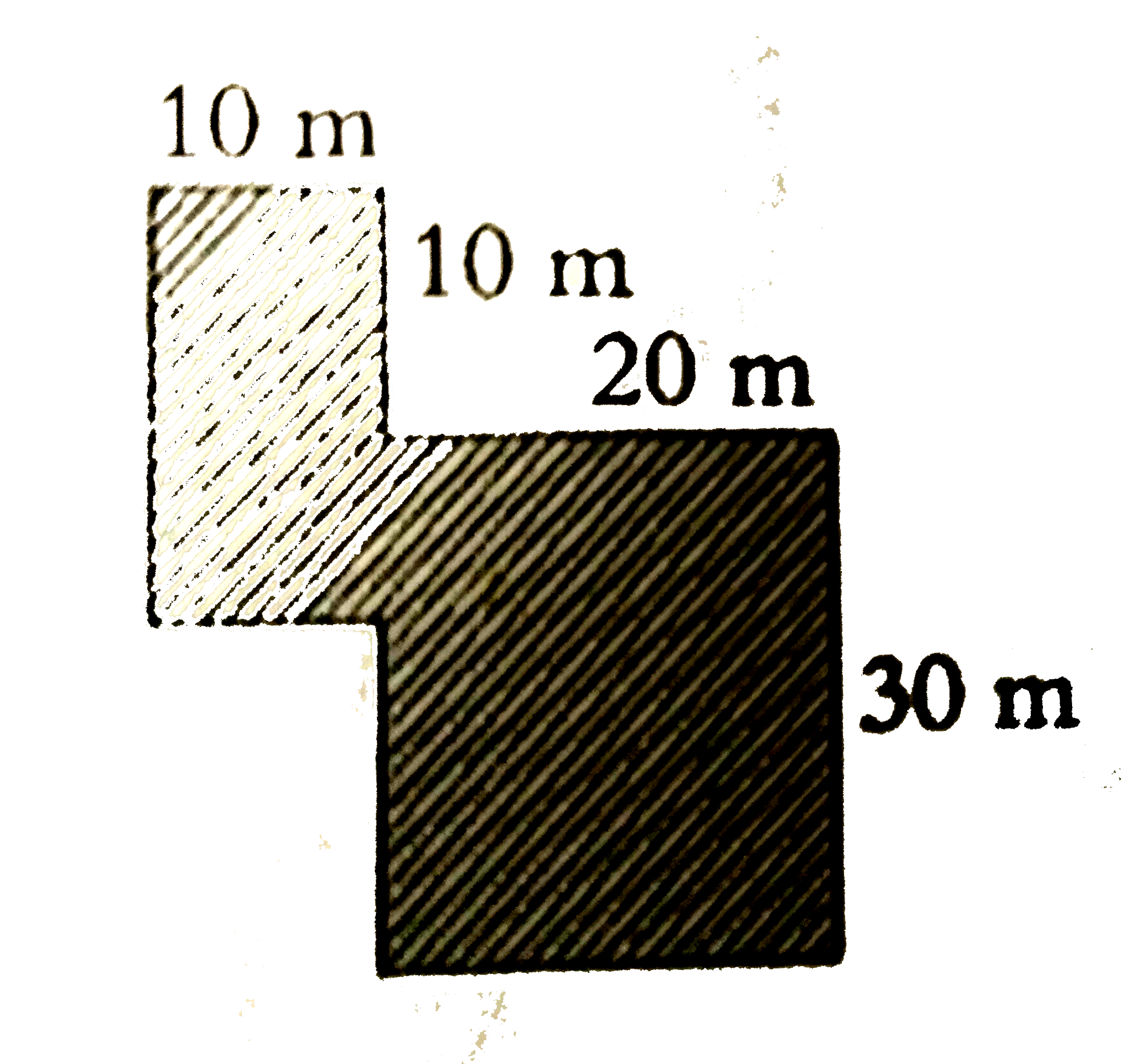In the adjoining figure, RP : PK = 3.2 , then find the value of
(i) A(ΔTRP):A(ΔTPK)
(ii) A(ΔTRK):A(ΔTPK)
(iii) A(ΔTRP):A(ΔTRK)
 Solution in Tamil
Solution in Tamil
The correct Answer is:(i) 3:2
(ii) 5:2
(iii) 3:5
Step by step video & image solution for In the adjoining figure, RP : PK = 3.2 , then find the value of (i) A(DeltaTRP):A(DeltaTPK) (ii) A(DeltaTRK):A(DeltaTPK) (iii) A(DeltaTRP):A(DeltaTRK) by Maths experts to help you in doubts & scoring excellent marks in Class 10 exams.
Topper's Solved these Questions
- BOOK - CHETAN PUBLICATIONCHAPTER - SIMILARITY EXERCISE - ASSIGNMENT-112videos
SIMILARITY
- BOOK - CHETAN PUBLICATIONCHAPTER - SIMILARITY EXERCISE - Problem Set - 1 (MCQs)16videos
SIMILARITY
- BOOK - CHETAN PUBLICATIONCHAPTER - QUADRATIC EQUATIONSEXERCISE - ASSIGNMENT12videos
QUADRATIC EQUATIONS
- BOOK - CHETAN PUBLICATIONCHAPTER - STANDARD IX SYLLABUS EXERCISE - PROBLEMS FOR PRACTICE20videos
STANDARD IX SYLLABUS
Similar Questions
Select the appropriate alternative : In the adjoining figure ,PQ∣∣AC.BP=6,PA=8,BQ=9 , then QC = ……………
 02:11View Solution
02:11View SolutionIf in ΔABCandΔPQR for some one- one correpondence if ABQR=BCPR=CAPQ then
 02:45View Solution
02:45View SolutionIf α and β are the roots of quadratic equation 2x2+4x+3=0, then the value of α+β=
02:17View SolutionDraw segment PQ=4.3cm and bisect it.
05:41View SolutionDetermine the point of symmetry of a regular hexagon.
03:28View SolutionMatch the following Column A to Column B
 02:31View Solution
02:31View SolutionMatch the following Column A to Column B
 02:21View Solution
02:21View SolutionMatch the following Column A to Column B
 02:10View Solution
02:10View SolutionFind the area of figure given below.
 02:17View Solution
02:17View SolutionFind the perimeter of the figure given below.
 02:10View Solution
02:10View SolutionFind the area of the figure given below.
 03:02View Solution
03:02View SolutionThe inequation represented by the graph given below is :
02:18View SolutionThe inequation that best describes the graph given below is _________
02:01View SolutionThe inequation that best describes the following graph is _________
05:24View SolutionIn the given figure, PQRS is a parallelogram. A and B are the mid-point of ¯¯¯¯¯¯PQ and ¯¯¯¯¯SR respectively. If PS=BR, then the quadrilateral ADBC is a…………………… ,
ltimg src="https://d10lpgp6xz60nq.cloudfront.net/physics_images/PS_MATH_IX_C12_E05_020_Q01.png" width="80%"gt03:12View Solution

